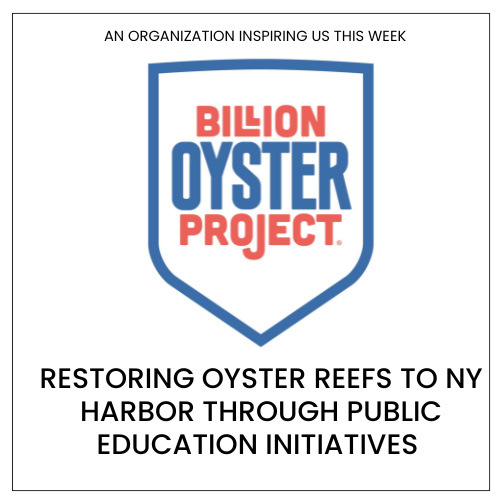CSO - Stories in Science
Cave Critters are Cool! – Faces of Fieldwork
I find that subterranean systems are useful models in addressing foundational questions in ecology and evolutionary biology, and that the organisms that inhabit such systems are wonderfully unique. Being able to study these animals and provide a platform for their conservation is a valued opportunity, and I aim to continue to do so into my professional career.

Nick Gladstone
[su_boxbox title=”About”]Nick is a first-year graduate student within the Department of Earth and Planetary Sciences at the University of Tennessee, Knoxville. The short story below was originally published on the Faces of Fieldwork. It is republished here with permission. Learn about about Nick visiting his Twitter profile @gladstone_scott. [/su_boxbox]
[dropcap]M[/dropcap]y thesis research involves diagnosing the cryptic diversity and phylogeographic structure of cave-obligate land snails. However, I am broadly interested in the ecology, evolution and conservation of cave organisms. I was introduced to the study of these animals (i.e., speleobiology) in the latter half of my undergraduate career, and it continues to fascinate me as both a scientist and an avid naturalist.
Since that introduction, I have taken part in many biological inventories of caves in Tennessee, hoping to assist in documenting and preserving the often-neglected fauna that dwell beneath our feet. I find that subterranean systems are useful models in addressing foundational questions in ecology and evolutionary biology, and that the organisms that inhabit such systems are wonderfully unique. Being able to study these animals and provide a platform for their conservation is a valued opportunity, and I aim to continue to do so into my professional career.
I primarily work with land snails for my research. However, the first cave animal I was drawn to work with was the Berry Cave Salamander (seen below)! Years later, and here I am getting to work with them a bit! I have been assisting Dr. Matthew Niemiller at the University of Alabama in Huntsville to determine the conservation status of known populations of this vulnerable species, in addition to estimating life history and demographic parameters of a few of these populations (growth rates, habitat preferences, etc.). Dr. Niemiller has definitely acted as a guiding hand in getting me involved with working in caves, and his research is very wide-reaching and inclusive to many topics and organisms (invertebrates need love too).
Metrics
Sessions
Total number of Sessions. A session is the period time a user is actively engaged with the page.
Visitors
Users that have had at least one session within the selected date range. Includes both new and returning users.
Page views
Pageviews is the total number of time the article was viewed. Repeated views are counted.
The CS Media Lab is a Boston-anchored civic science news collective with local, national and global coverage on TV, digital print, and radio through CivicSciTV, CivicSciTimes, and CivicSciRadio. Programs include Questions of the Day, Changemakers, QuickTake, Consider This Next, Stories in Science, Sai Resident Collective and more.

-
Civic Science Observer2 weeks ago
What are the objectives of the Neurotech Justice Accelerator at Mass General Brigham?
-
Civic Science Observer2 months ago
New survey explores what people in South Africa expect of publicly visible scientists – why it matters
-
Civic Science Observer2 months ago
Ecosystem building in action: Science Talk 2025 and the dynamic civic science conference landscape
-
Civic Science Observer1 month ago
Dear Colleagues: Now is the time to scale up public engagement with science























